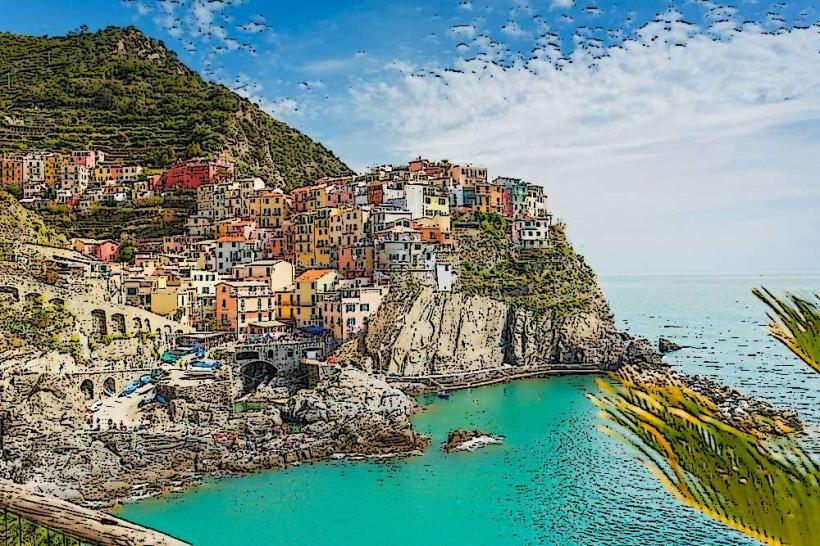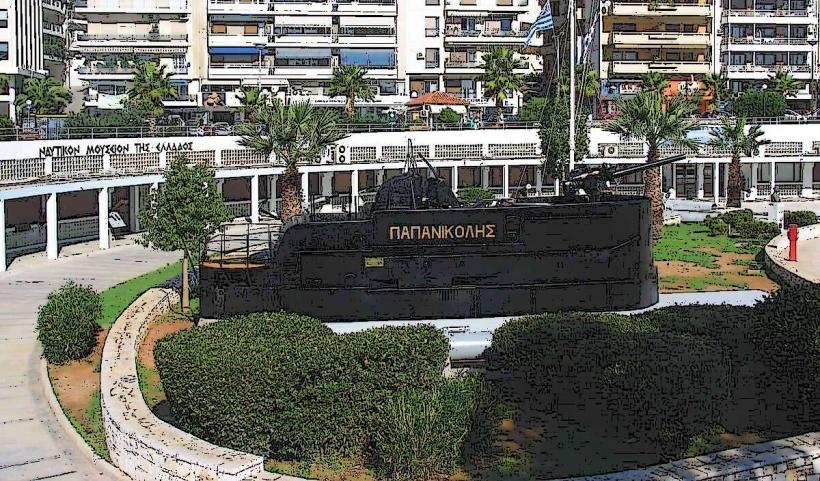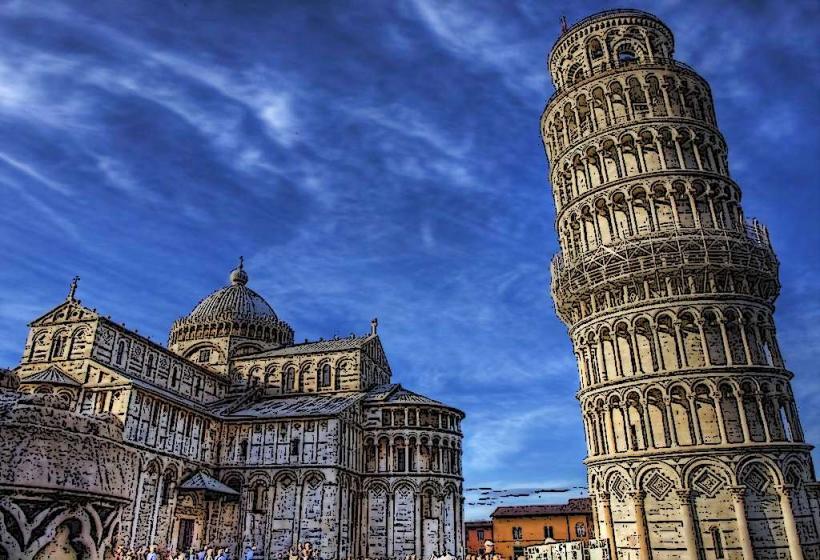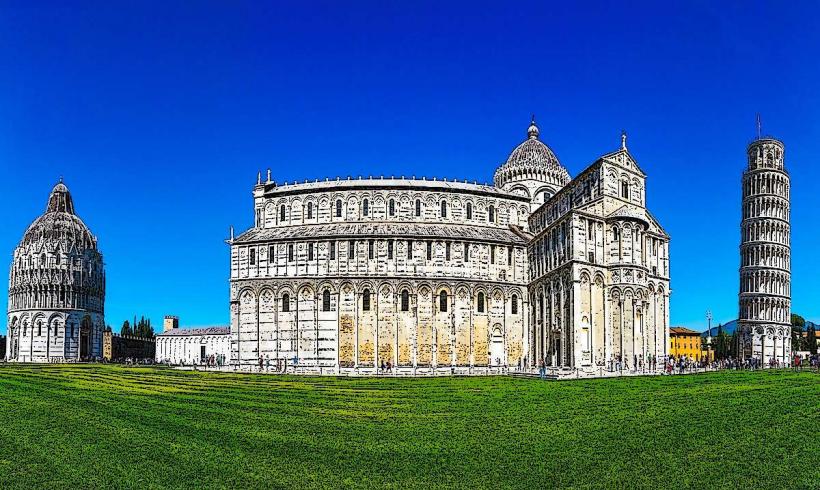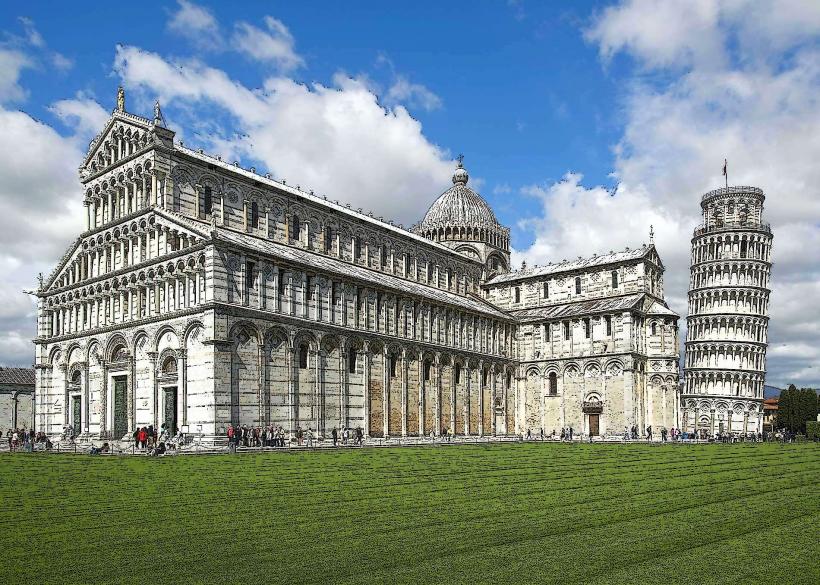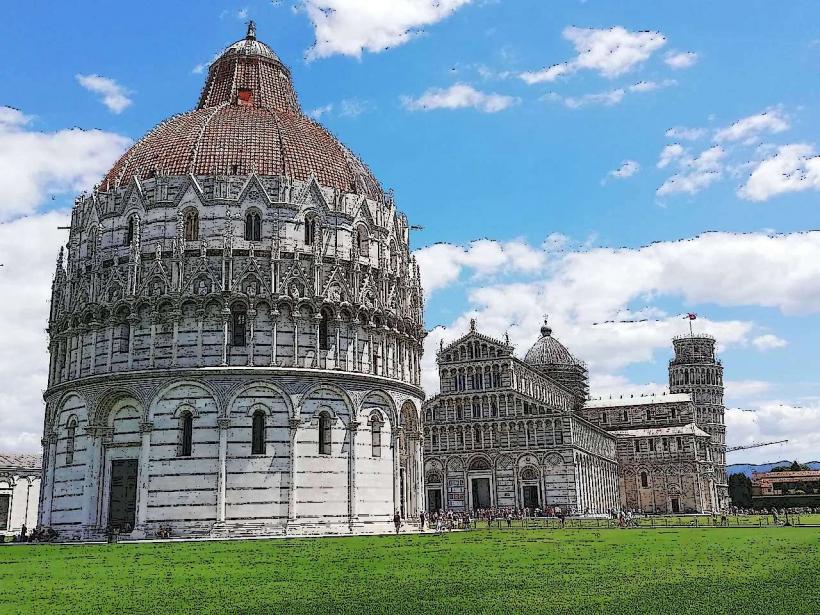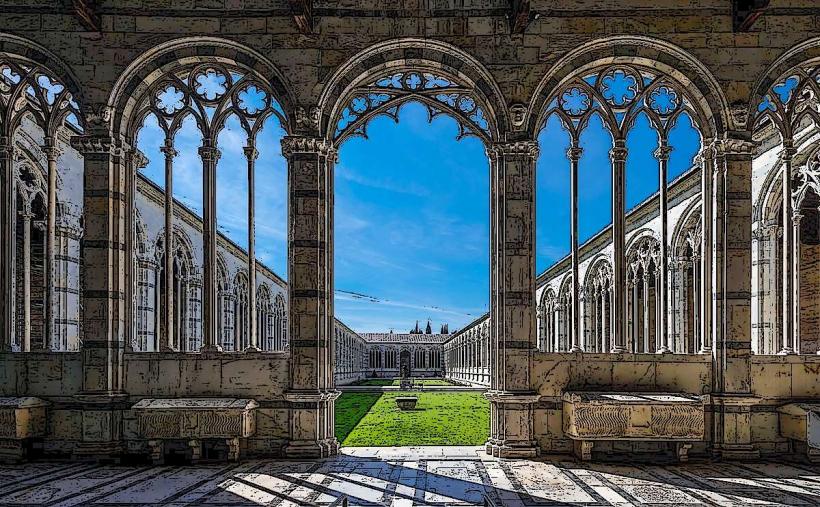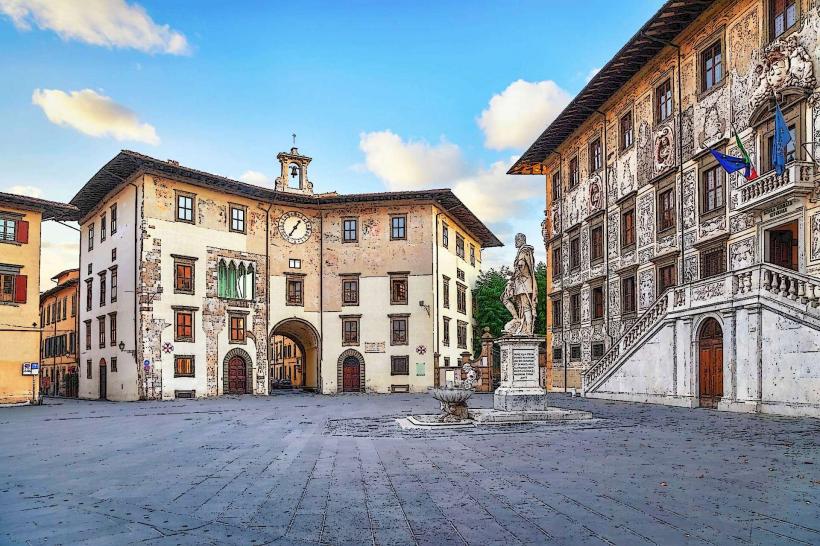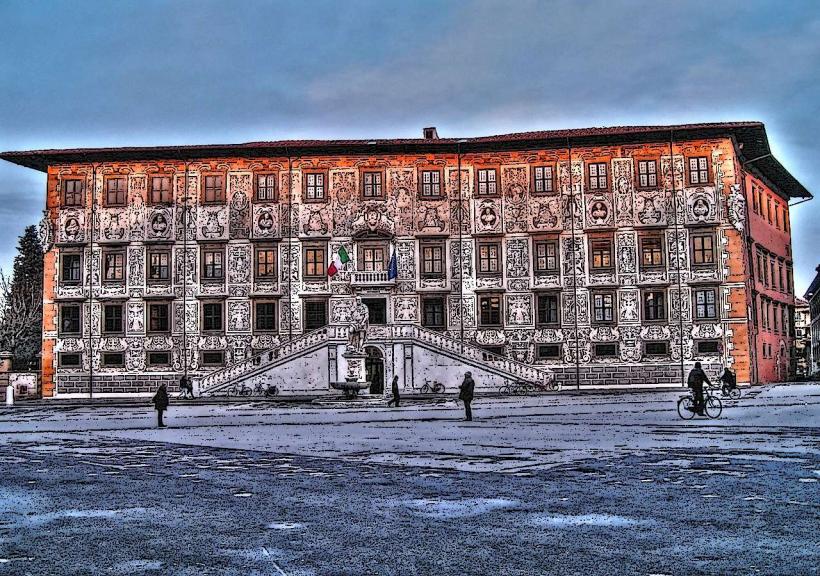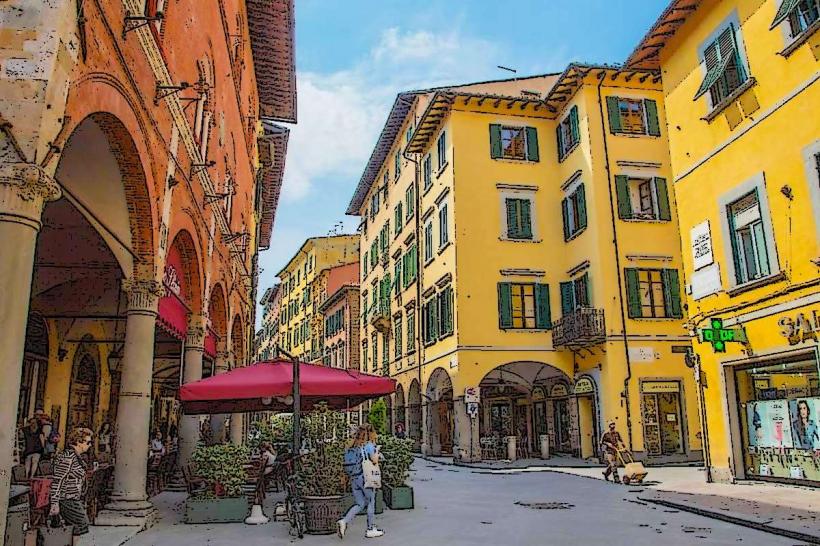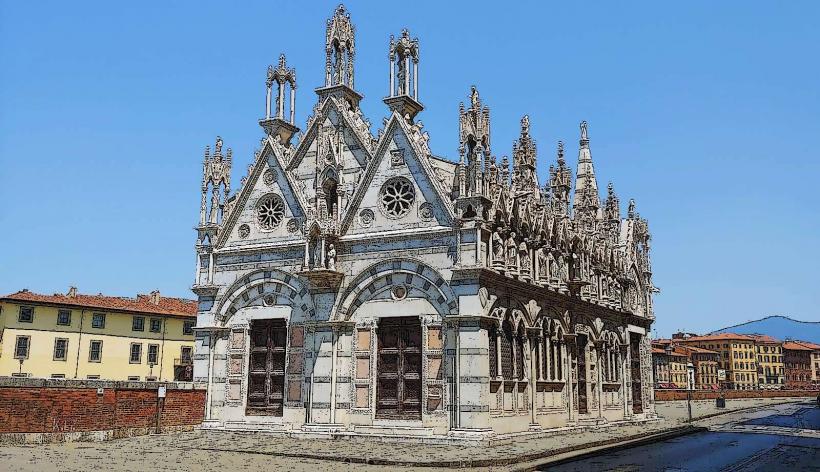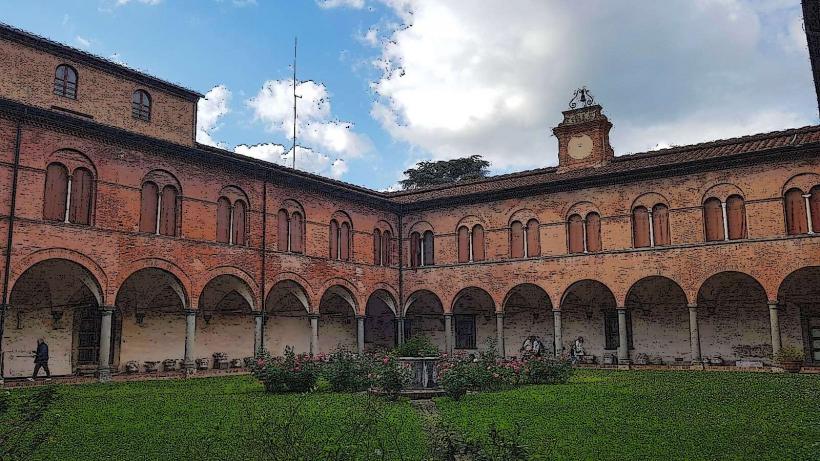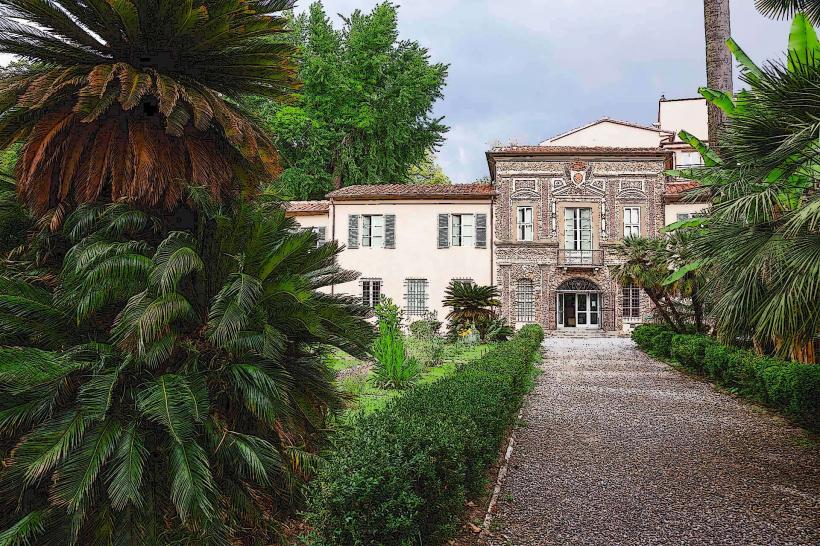Information
Landmark: Museo dell Opera del DuomoCity: Pisa
Country: Italy
Continent: Europe
The Museo dell'Opera del Duomo (Museum of the Works of the Cathedral) is a significant cultural institution located in Pisa, Italy, that showcases the art, architecture, and history associated with the Pisa Cathedral and the Piazza dei Miracoli (Square of Miracles). The museum is housed in a historic building just a short distance from the cathedral itself and is a treasure trove of medieval and Renaissance artworks, sculptures, and religious artifacts.
Key Features of the Museo dell'Opera del Duomo:
1. Historical Background:
- The museum was founded to preserve and display the original artworks and objects that were once part of the Pisa Cathedral and its adjacent baptistery and campanile (bell tower), including pieces created by famous artists and sculptors over the centuries.
- The collection includes works by artists such as Niccolò Pisano, Donatello, and Giambologna, among others, who contributed to the monumental architecture and decoration of the Cathedral complex.
- The museum also serves to protect and interpret the artistic history of the Piazza dei Miracoli, a UNESCO World Heritage Site, and to tell the story of the cathedral's construction and its place in the religious and civic life of Pisa.
2. The Museum’s Collection:
The Museo dell'Opera del Duomo houses an impressive array of sculptures, paintings, liturgical objects, and architectural fragments that highlight the artistic and religious importance of the Pisa Cathedral complex.
Sculptures and Statues: One of the museum's most notable collections is its sculptural pieces, many of which were originally part of the Cathedral's facade and interior. These include statues of saints, biblical scenes, and allegorical figures.
- Among the most significant pieces is the pulpit by Nicola Pisano (1260), one of the masterpieces of Romanesque sculpture. The pulpit features intricately carved scenes from the life of Christ and is renowned for its narrative style and realism.
- There are also important works by Donatello, including sculptures related to the Baptistery and Cathedral decoration.
Paintings: The museum holds several paintings that were originally part of the Cathedral's decoration or were commissioned to enhance the religious experience of visitors. These include works depicting religious themes, such as the Madonna, Christ, and saints.
- Notable examples include paintings by Gerino da Pistoia, Francesco Botticini, and Giambologna, who contributed to the Cathedral's rich artistic heritage.
Architectural Fragments: The museum is home to numerous architectural fragments from the Cathedral and other nearby structures. These include decorative elements, marble reliefs, and columns, many of which were removed or replaced during renovations but are still of historical and artistic value. Some of these objects reflect the Romanesque and Gothic styles that influenced the Cathedral's architecture.
Liturgical Objects: The museum also houses a number of religious artifacts used in the daily rituals of the Cathedral, including chalices, crosiers, and liturgical vessels. These objects offer a glimpse into the spiritual and ceremonial life of the Cathedral and its role as a religious center in Pisa.
3. Notable Highlights:
- The Model of the Cathedral Facade: One of the most important exhibits in the museum is the wooden model of the original facade of the Pisa Cathedral. This model, which dates back to the 12th century, was used to plan the design and construction of the Cathedral's grand exterior.
- The Marble and Bronze Works: The museum has an impressive collection of marble sculptures and bronze works that were part of the Cathedral's original design, including the famous bronze doors that once adorned the Pisa Baptistery. These works showcase the technical skill and artistry of Tuscan sculptors from the medieval period.
- The Headdress of St. Ranieri: This is a valuable relic in the museum's collection. It was once part of the cathedral’s treasures and was used in the annual procession in honor of St. Ranieri, the patron saint of Pisa.
4. Restoration and Conservation:
- The museum also plays a key role in the conservation and restoration of works of art associated with the Pisa Cathedral. Many of the items displayed in the museum have been carefully restored to preserve their historical and artistic integrity. This includes the careful restoration of the frescoes, sculptures, and architectural pieces that have weathered the centuries.
5. Temporary Exhibitions and Events:
- In addition to its permanent collection, the Museo dell'Opera del Duomo regularly hosts temporary exhibitions focused on various aspects of the Pisa Cathedral and the artistic history of the city. These exhibitions provide visitors with opportunities to explore different themes, periods, and artists associated with the Cathedral and the surrounding area.
- The museum also hosts educational events, such as lectures, guided tours, and workshops that aim to deepen the public's understanding of the cultural and religious significance of the Pisa Cathedral complex.
6. Museum Building:
- The museum itself is housed in a historic building that has been carefully renovated to accommodate the large collection of artworks. The structure is designed to complement the Pisa Cathedral and blends harmoniously with the surrounding Piazza dei Miracoli.
- Visitors to the museum can explore the collection through a series of well-curated galleries, and the building is designed to enhance the visitor experience with well-lit and spacious exhibition areas.
Conclusion:
The Museo dell'Opera del Duomo is a must-visit destination for those interested in the history, art, and architecture of Pisa. It offers a unique opportunity to engage with the city's religious heritage and provides an in-depth look at the Pisa Cathedral's monumental role in the development of Tuscan art and Romanesque architecture. From famous sculptures to intricate frescoes, the museum is a treasure trove of medieval and Renaissance art that brings the story of Pisa's artistic past to life.

